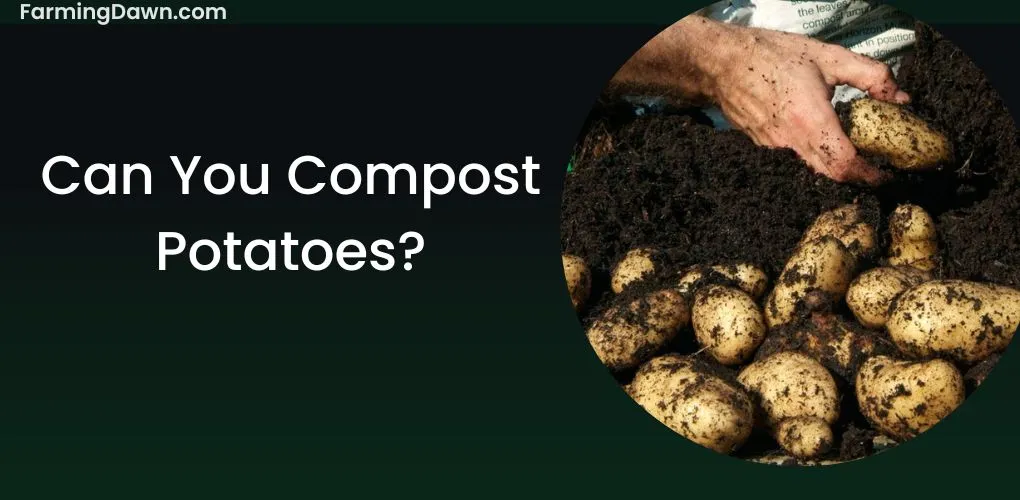Pruning beefsteak tomato plants may seem intimidating at first, but with the right know-how and a little bit of elbow grease, it’s actually quite simple! Like trimming a bonsai tree or sculpting a masterpiece out of clay, pruning your tomato plants is an art form that requires patience and finesse.
With just a few snips here and there you can take your tomatoes from average to amazing – no green thumb required! So sharpen your shears, roll up your sleeves, and get ready to unlock the secret of how to prune beefsteak tomato plants like a pro.
Understanding the Basics of Pruning
Gettin’ an understanding of the basics of trimmin’ is key for a successful harvest! Pruning beefsteak tomato plants helps promote healthy growth and encourages more fruit production.
It’s best to start pruning your tomatoes when they are young and still small, as this will give them the time to develop strong stems so that they can support their growing weight.
When it comes to pruning, you want to remove any dead or diseased branches, and also remove any suckers that appear between the leaf stems and main stem.
Following these steps ensures that your beefsteak tomato plant will have plenty of room for air circulation and sunlight penetration while producing healthy fruits throughout its season!
This was just a short introduction; the whole process is discussed in detail below.
When to Prune Beefsteak Tomato Plant
Pruning beefsteak tomato plants is a critical step in fostering healthy growth. It’s important to understand when to prune these hardy plants. Generally, tomatoes should be pruned in late winter before new growth begins.
Pruning should also be done as necessary throughout the growing season, removing dead or diseased leaves or branches as they appear. Taking the time to keep an eye on your tomato plants and give them a little extra TLC via selective pruning can make all the difference come harvest season.
How to Prune Beefsteak Tomato Plants?
You’ll be surprised how easy it is to get your veggies in shape with a few simple snips! Pruning beefsteak tomatoes can seem intimidating, but if you follow a few basic steps, you’ll find that the process is actually quite straightforward.
- Remove any dead leaves or branches.
To begin pruning your tomato plants, start by removing any dead or diseased branches from the plant. Cut the affected branches back to a healthy stem.
- Remove suckers.
Next, remove any suckers that are growing between the main stems of the plant. These tend to steal energy from the main stems and should be taken out as soon as they appear.
- Cut off tall stems.
And at last, cut off any shoots or stems that are more than four feet tall in order to encourage better branching and keep them at an easier-to-manage height.
Be sure not to prune off too much foliage; trim carefully so that each branch has enough leaves for photosynthesis and energy production.
See more: How to prune potted tomato plants?
Proper Pruning Techniques
Can you believe how quickly your veggies can take shape with the right pruning techniques? With just a few snips, you’ll be amazed at what a difference it can make – so let’s get started!
Beefsteak tomato plants are no exception to this rule and knowing the best way to prune them is essential for successful harvest. It’s important to understand that the goal of pruning beefsteak tomatoes is not only to increase the size or yield of the fruit but also to promote better airflow around the plants and encourage healthier growth overall.
That means removing any dead or damaged stems as well as any branches or leaves that may be shading other parts of the plant. Doing this will help direct energy toward producing more tomatoes rather than creating leafy foliage.
After Pruning Care for Beefsteak Tomato Plants
After pruning your veggies, taking care of them is key to ensuring they stay healthy and produce a bountiful harvest. Here are the following steps for after-pruning care:
- Water regularly.
To care for your beefsteak tomato plants after pruning, begin by providing them with the right amount of water. Water deeply and regularly – this will help encourage strong roots.
- Provide fertilizer.
Make sure you are fertilizing too; organic fertilizer is best as it will provide essential nutrients while also promoting soil health. Also, adding compost or mulch around the plant can help retain moisture and reduce weeds competing for resources.
- Protect your beefsteak tomato plant from pest and diseases.
Finally, make sure you’re keeping an eye out for any pests or diseases that may arise and take steps to address these issues quickly in order to keep your tomatoes safe from harm.
A holistic approach to garden care is important if you want to achieve a sustainable yield over time. Regular weeding and monitoring of your plants will go a long way towards ensuring their health, as well as making sure they get enough light so that they can photosynthesize efficiently.
It’s also wise to rotate crops from year-to-year in order to prevent any nutrient depletion in the soil – this kind of practice ensures that each season brings new life into the garden!
Takeaway for How to Prune Beefsteak Tomato Plants
Pruning your beefsteak tomato plants is a great way to promote healthy, strong growth. It may seem like a lot of work at first, but it’s worth it in the end. Plus, you can rest easy knowing that you’re taking care of your plants in an organic, holistic, and sustainable manner.
Some might be worried about the stress pruning puts on their plants – but don’t be! Pruning helps reduce stress by removing diseased or dead foliage and promoting air circulation around the plant. With proper pruning techniques and aftercare, you’ll have gorgeous tomatoes in no time!






